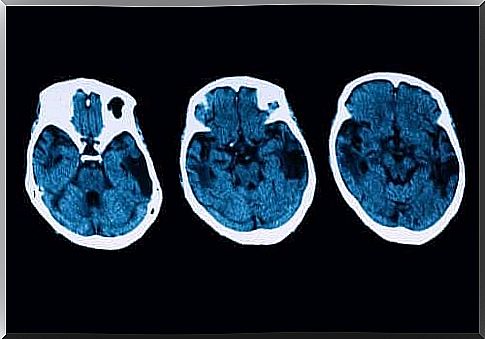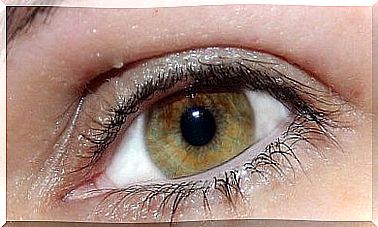Diagnosis And Treatment Of Posterior Cortical Atrophy

Posterior cortical atrophy is a neurodegenerative disorder that affects a person’s vision. They lose it completely or partially. Another common symptom is memory loss. In this article, we will look at this disorder and show you how to identify it early.
Some studies point out that this disorder is often diagnosed later than it should. This is because people often go to an ophthalmologist instead of a neurologist, as it primarily produces visual symptoms.
Therefore, we believe that it is important to be able to identify the symptoms that may be signs of posterior cortical atrophy. Let’s look at a few things you should not overlook.
Posterior cortical atrophy phases

Medical studies have shown that posterior cortical atrophy has different stages. Ideally, these symptoms should be discussed with a neurologist as soon as possible, to start treatment immediately.
- Gradual and slow loss of vision : A person may see shadows or lose sight at times. The loss is so progressive and slow that it does not attract attention until it gets very bad.
- Absence of ophthalmic pathology : If a person goes to an ophthalmologist, this doctor will not be able to identify the problem. Therefore, the affected person continues a normal life until their symptoms worsen.
- Minor memory loss: As the disorder worsens, there will be a small memory loss that some will consider normal. As the disease progresses, their memory will get worse and worse.
- The onset of dementia: A person with this condition will present hypometabolism and hypoperfusion that can be detected with a test involving a neuroradiological examination. Note, however, that dementia only occurs in the later stages of the disease.
Also read: The Difference Between Dementia and Alzheimer’s
Diagnosis of posterior cortical atrophy
As you can see, the symptoms of posterior cortical atrophy are very slow but progressive. Therefore, it can easily be too late before a person goes to a neurologist.
So if you notice changes in your vision, along with a minor memory loss, do not hesitate to go to a professional.
The first test used to diagnose posterior cortical atrophy is a blood test. Among other things, they can show vitamin deficiencies. Then a doctor will perform a more complete examination of the eye.
However, diagnostic tests do not end there. To be completely sure, other neurological tests will be performed, such as MRI and tomographs. If all indications are that you may have posterior cortical atrophy, there are various treatments you can choose from.
Also read: The 8 Best Exercises to Strengthen Your Brain
Treatment of posterior cortical atrophy

Once you have received a positive diagnosis for posterior cortical atrophy, there are two possible treatments you can choose from. Keep in mind, however, that none of them will cure you as it is a degenerative disease.
- The first treatment involves the use of medication to treat symptoms that may occur due to this disorder. The medication reduces anxiety and depression if present.
- The second is cognitive therapy that can be used to maintain the skills that are not damaged by the disease and delay its effects. One can also undergo physiotherapy, it will also help in these areas.
These two treatment options focus mainly on improving a person’s quality of life and only treat their symptoms. The goal here is to delay the deterioration of their abilities and skills, thus improving the anxiety and depression that can come with this disease.
If in doubt, talk to your doctor
We wanted to make you aware of the posterior cortical atrophy symptoms in this article. That way, you have an easier time recognizing the first symptoms and contacting your doctor as soon as possible.
As we mentioned before, an early diagnosis will make a big difference. Don’t worry: there is help for you.









